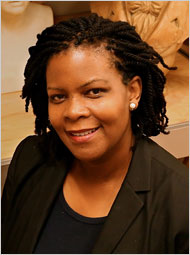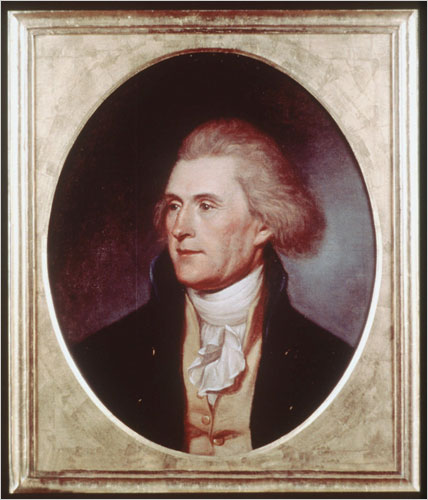| Want to send this page or a link to a friend? Click on mail at the top of this window. |
| Posted Septeber 24, 2008 |
| Seeing Past The Slave To Study The Person | |
|
|
|
 |
|
| Annette Reed-Gordon | |
|
|
| By PATRICIA COHEN |
|
|
|
 |
|
| LIBRARY OF CONGRESS | |
| Thomas Jefferson, president and slave owner. | |
|
|
| Wehaitians.com, the scholarly journal of democracy and human rights |
| More from wehaitians.com |